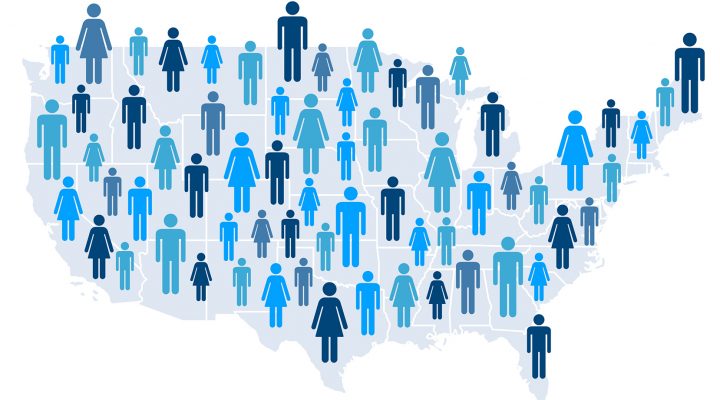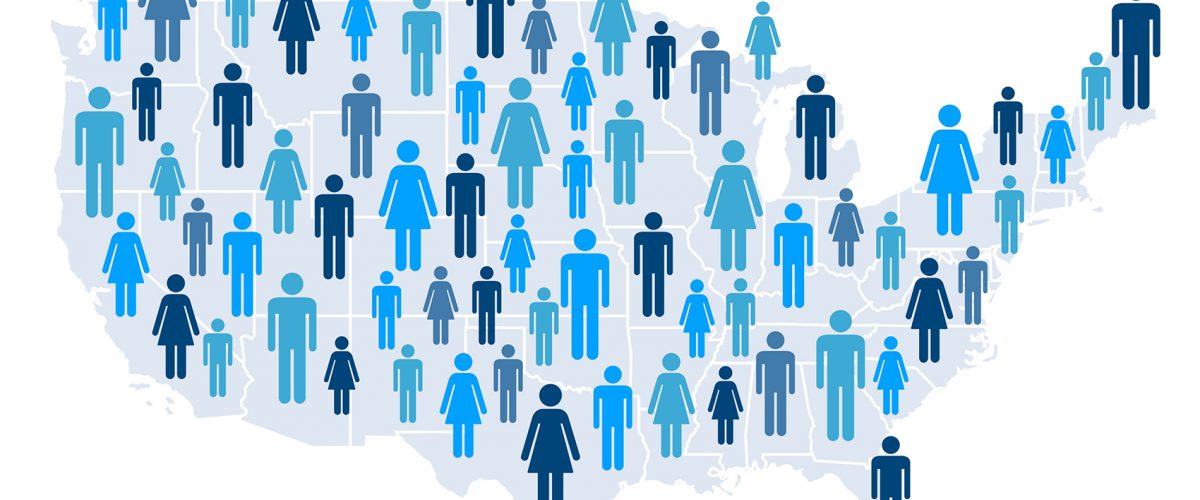Americans never have been directly asked about religion in the decennial census in part because Jewish and other faith groups fear being tracked and discriminated against by the government, according to a report by Pew Research Center.
Pew published “Why the U.S. Census Doesn’t Ask Americans About their Religion” after research found only 25% of U.S. adults are aware those questions are not included on the survey conducted every 10 years.
For Baptists mentioned in the report, objections to being counted by Washington most likely stem from historic Baptist values and identity, said Bill Leonard, founding dean and professor of Baptist studies and church history emeritus at Wake Forest University School of Divinity.

Bill Leonard
“For some Baptists, it may have been a religious liberty issue, that they don’t want the government invading their faith space. That would be an older view that religion is a private matter, and we don’t want the government looking into that,” he said.
Jehovah’s Witnesses and members of the Church of Jesus Christ of Latter-day Saints often are averse to being queried on faith by census takers due to the persecutions their ranks suffered in the 19th and 20th centuries. For Jews, government workers taking faith headcounts evokes memories of persecution in Nazi Germany.
“But Baptists think of religion as a private matter and we don’t want the state investigating us because we don’t know what that would mean,” Leonard said. “With Baptists, historically there was a sense of separation of church and state, and that freedom of religion means this should not be a state that investigates what we believe.”
Government and social justice interests also have opposed tracking religious membership and beliefs through the census, Pew reported. “Many critics have argued that making Americans identify their religion on a government form would go against long-held understandings of the separation between church and state. Some have worried that including such questions would deter people from filling out their census forms.”
While Congress banned the bureau in 1976 from asking about religion on the census, the concept was sporadically practiced in numerous, indirect forms from about the mid-19th to mid-20th century — and continually debated beyond that.
The concept was sporadically practiced in numerous, indirect forms from about the mid-19th to mid-20th century — and continually debated beyond that.
In its earliest iteration, census takers asked clergy, not households, for information about their faith communities, Pew reported. “On five different censuses from 1850 through 1890, census takers collected data from faith leaders, including the number of churches in their community and how many members those churches had, as well as their seating capacities and property values. In 1850, a total of 38,183 congregations were tallied.”
The practice eventually was phased out after 1890 but revived in 1906 with a decennial census of religious bodies.
“Questionnaires mailed to religious leaders measured the number of churches, congregants and ministers, the size of Sunday school groups, the languages used to conduct worship services, and more,” the Pew report explained. “Lack of funding and incomplete data collection — due in part to religious freedom concerns and Depression-era dislocations —eventually led to the demise of the Census of Religious Bodies. Data was collected in 1946 but was never published.”
During the 1950s, the bureau floated a test question on religious affiliation ahead of the 1960s census, Pew said. “The bureau’s director at the time, Robert W. Burgess, said he did not feel such a question would jeopardize the principle of separation of church and state and that it would not be any more intrusive than asking people about their education level.”
That experimental question was presented to 431 households in Milwaukee in 1956 and again the next year to 40,000 households nationwide. “But privacy concerns and opposition from some religious groups that had experienced persecution in the U.S. ultimately prevented the bureau from including the question on the 1960 census form,” the report noted.
But that did not prevent officials from publishing the data, according to Pew. “It found that two-thirds of people ages 14 and older identified as Protestant, about one-fourth were Catholic and a little more than 3% were Jewish. Overall, 96% reported an affiliation, while 2.7% reported no religion and 1% did not answer. But with some religious and public interest groups strongly opposing the question’s inclusion, the bureau decided to withhold fuller analysis of the data.”
However, new debate about the question erupted during the 1960s and 1970s, with proponents arguing that asking about religion on the census would provide useful data for American houses of worship, school planners, civic groups and researchers.
But discussion was dampened in 1976 when then-bureau Director Vincent Barabba declared no religion question would be included in the upcoming 1980 census. He reasoned that, even if legally sound, the question may jeopardize the success of the national survey by undermining public confidence in the process.
Later that year, Congress got into the act by passing a measure prohibiting the bureau from inquiring about religious memberships or beliefs in the decennial census.
“The law allows the Census Bureau to ask Americans about religion in non-mandatory surveys — such as the bureau’s periodic population and household surveys — rather than the mandatory decennial census,” the Pew report said. “These surveys have not asked questions designed to measure religious beliefs or identity, but the bureau has occasionally asked about things like religious service attendance, schools’ faith affiliations, and charitable donations to religious organizations.”

Related articles:
Seven graphs that show the state of American religious attendance today


